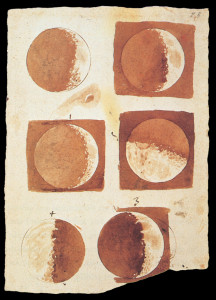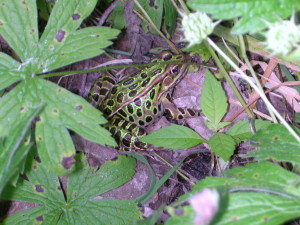 One hour on-demand interview about toads, mice, water snakes, werewolves and other under-appreciated animal allies.
One hour on-demand interview about toads, mice, water snakes, werewolves and other under-appreciated animal allies.
Month: July 2013
Osprey Encounter
July 19, 2013And then, as he looked after him Telemachus saw the stranger change in his form. He became first as a woman, tall, with fair hair and a spear of bronze in her hand. And then the form of a woman changed too. It changed into a great sea-eagle that on wide wings rose up and flew high through the air. Telemachus knew then that his visitor was an immortal and no other than the goddess Athene who had been his father’s friend.–The Odyssey (Padraic Colum, trans.)
 I recently learned that the bird often referred to as the “sea eagle” in translations of Celtic, Norse, and Greek myth is the osprey. This is a large bird of prey that nests along shorelines. Like the bald eagle it prefers a diet of fish, and at a distance it is hard to differentiate the osprey from the eagle. The osprey has a white head like the bald eagle, but it has a brown stripe across its eyes and its underside is white. It is slightly smaller than the bald eagle.
I recently learned that the bird often referred to as the “sea eagle” in translations of Celtic, Norse, and Greek myth is the osprey. This is a large bird of prey that nests along shorelines. Like the bald eagle it prefers a diet of fish, and at a distance it is hard to differentiate the osprey from the eagle. The osprey has a white head like the bald eagle, but it has a brown stripe across its eyes and its underside is white. It is slightly smaller than the bald eagle.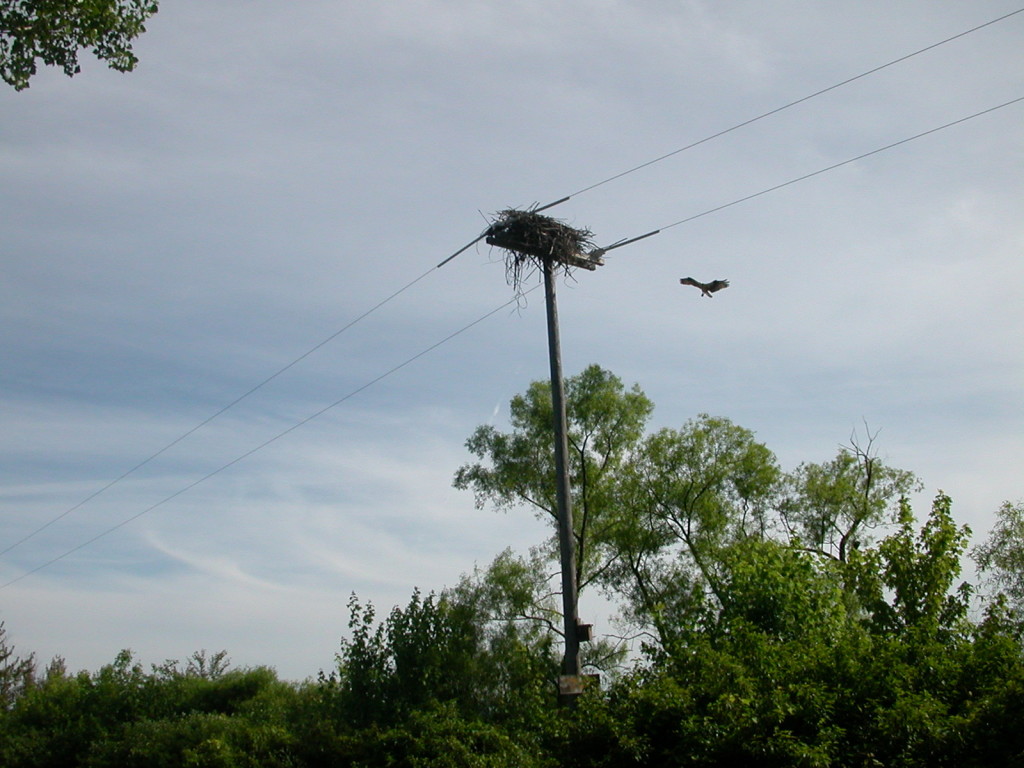
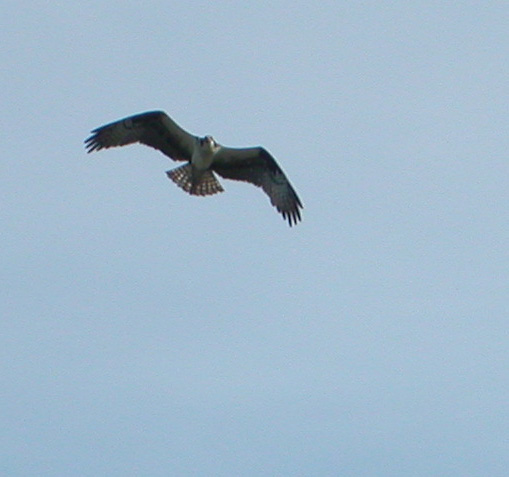
Review: Namgar
July 12, 2013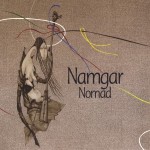 At the edge of the mountain ridge pathThe orphaned white camel colt weeps.When the frost is so violent that trees crackThe white camel colt seeks for grass under snow where the herd has just passed…On a cold evening early last spring a few dozen people gathered in the village church to hear Buryat singer Namgar Lkhasaranova accompanied on traditional instruments by her husband Eugeny Zolotarev. It was a fantastic concert. Namgar has an amazing voice and the concert featured percussion and wind instruments I had never heard before.Buryatia is a large region in Siberia near the Mongolian border. It is in the Adirondack news periodically due to local residents traveling to the region and vice versa. This is not, as I would have guessed, for commiserating about long cold winters. Apparently both mountainous regions face similar ecological challenges, and contact over these issues has facilitated some cultural exchange.The concert sparked many questions for me, and I would have liked to have interviewed Namgar for this blog. I will probably get another chance to do so, however, because the children raved about Namgar’s school concert for days and they will no doubt lobby persistently to get her back. It surprised me that the children were so taken by Namgar, since her traditional style of music would be unfamiliar to them.After the concert I picked up Namgar’s CD, entitled “Nomad.” Although I’ve decided I like the CD, I was initially disappointed because it was so different from the concert, being a crossover album containing elements of traditional Buryat folk music and instruments combined with a jazz/rock style. A pamphlet is included with translations of the lyrics in English. In preparing this blog post I discovered that Namgar has released a new CD called “Dawn of the Foremothers.” I will try to obtain a copy to review here.
At the edge of the mountain ridge pathThe orphaned white camel colt weeps.When the frost is so violent that trees crackThe white camel colt seeks for grass under snow where the herd has just passed…On a cold evening early last spring a few dozen people gathered in the village church to hear Buryat singer Namgar Lkhasaranova accompanied on traditional instruments by her husband Eugeny Zolotarev. It was a fantastic concert. Namgar has an amazing voice and the concert featured percussion and wind instruments I had never heard before.Buryatia is a large region in Siberia near the Mongolian border. It is in the Adirondack news periodically due to local residents traveling to the region and vice versa. This is not, as I would have guessed, for commiserating about long cold winters. Apparently both mountainous regions face similar ecological challenges, and contact over these issues has facilitated some cultural exchange.The concert sparked many questions for me, and I would have liked to have interviewed Namgar for this blog. I will probably get another chance to do so, however, because the children raved about Namgar’s school concert for days and they will no doubt lobby persistently to get her back. It surprised me that the children were so taken by Namgar, since her traditional style of music would be unfamiliar to them.After the concert I picked up Namgar’s CD, entitled “Nomad.” Although I’ve decided I like the CD, I was initially disappointed because it was so different from the concert, being a crossover album containing elements of traditional Buryat folk music and instruments combined with a jazz/rock style. A pamphlet is included with translations of the lyrics in English. In preparing this blog post I discovered that Namgar has released a new CD called “Dawn of the Foremothers.” I will try to obtain a copy to review here.
Book excerpt at Return to Mago blog
July 5, 2013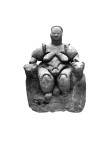
Photo (adapted) Roweromaniak/ Wikimedia Commons.
New Moon
July 5, 2013